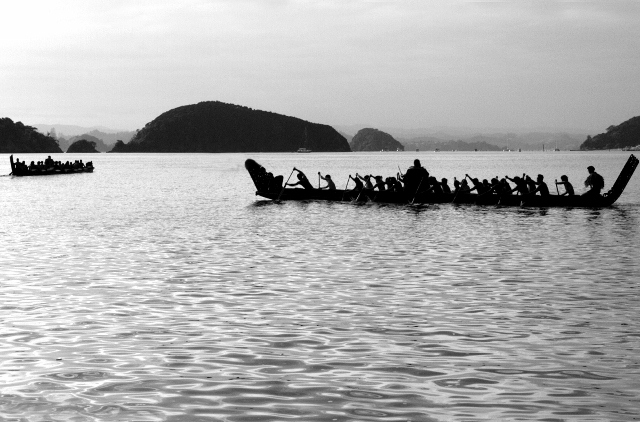Rugged, enchanting, and powerful coastlines surround New Zealand. The coastlines are powerful not just in wave energy but also as sources of cultural identity, commerce, and conflict. Coastal conflict ebbs and flows to the extent to which patrons seek space for aquaculture or ocean renewable power projects, or, in the case of Māori, property rights. At its peak, conflict became so bitter in Tasman and Golden Bays that it caused a person to commit suicide rather than face endless litigation over a proposed aquaculture site. The roots of this and other coastal conflicts originate from a potent combination of how coastal projects are permitted and how Māori efforts to realize property rights over the foreshore and seabed have been thwarted.
Permitting for coastal development starts with New Zealand’s 12 local government bodies called Regional Councils. Among other responsibilities, Regional Councils issue coastal permits for certain activities in the ocean out to 12 nautical miles. These councils approve or deny a coastal permit application on the degree to which an applicant’s project will meet an environmental harm threshold. Allowing a new coastal use, however, can displace existing users without providing compensation. The possibility of displacement motivates existing coastal users to litigate vociferously to stall, oppose, and change the applicant’splans under the auspices that their plans exceed the poorly defined environmental harm threshold.
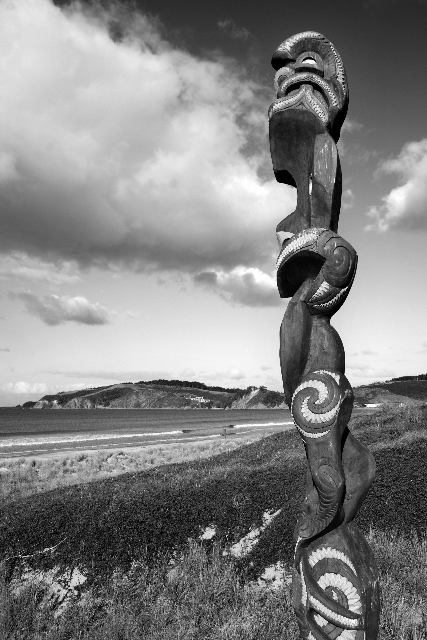
In the next election the center-right National Party came to power in a coalition government with the Māori Party. Last year that coalition repealed the Foreshore and Seabed Act and substituted it with the Takutai Moana Act. Yet even the Takutai Moana Act falls short of restoring the opportunity for Māori to prove what is necessary for native title to the foreshore and seabed—a distant possibility for most iwi considering they must prove unbroken occupation and exclusive use since 1840. Because the national government stripped Māori of the right to pursue legal title, Regional Councils continue to have unchecked power over who can build what in the coastal zone.
PERMIT POWER PREVAILS OVER PROPERTY RIGHTS
When a Regional Council approves an applicant’s proposed project, that approval can physically displace, without any compensation, existing users who have both de jure (formal) and de facto (informal) property rights to the area in question. Under the individual transferable quota system, for example, commercial fishers in New Zealand have formal rights to harvest specific amounts of certain fish species, including sedentary species such as scallops. Because scallops live in one spot, it means a scallop harvester with a formal right in the scallops themselves arguably also has an informal right to the space which the scallops occupy.

Under the law, however, Regional Councils do not need to compensate or recognize either formal or informal property rights in the ocean. A powerful incentive thus binds otherwisestrange bedfellows into strong coalitions to combat new applicants. In short, Regional Councils’ overwhelming power over coastal development exponentially raises the cost of protecting ocean property rights and discourages the efficient use of coastal resources.
COASTAL TRADABLE OCCUPATION RIGHTS
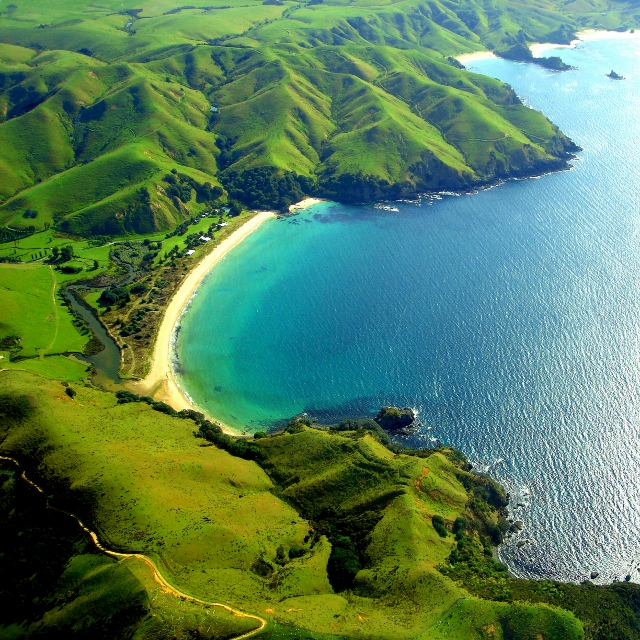
Tradable Occupation Rights would confer a specific tradable right to occupy a designated area within 12 nautical miles of New Zealand’s coastline. These rights would not confer any other right except occupation from among the bundle of property rights. Compared to the present regime, TORs would create the incentive to maximize allocation of scarce resources and reduce the need to exploit the political environment.
As opposed to coastal permits, which are one-off occurrences, TORs would give the rights-holders and prospective coastal users the opportunity to build trust over time because they will engage in recurring transactions. Moreover, market negotiations based on long-term considerations give participants looking to the future a reason to value the present asset. Centralized distribution of a public good such as ocean space distributes an asset at a variable, poorly-valued cost to the applicant and does not compensate the public or existing users for their lost value in the space. By comparison, private occupation rights on land allow farmers and wind power developers to agree on lease terms that benefit both parties, as well as give the developer certainty for accessing the site before applying to the Regional Council for permits.
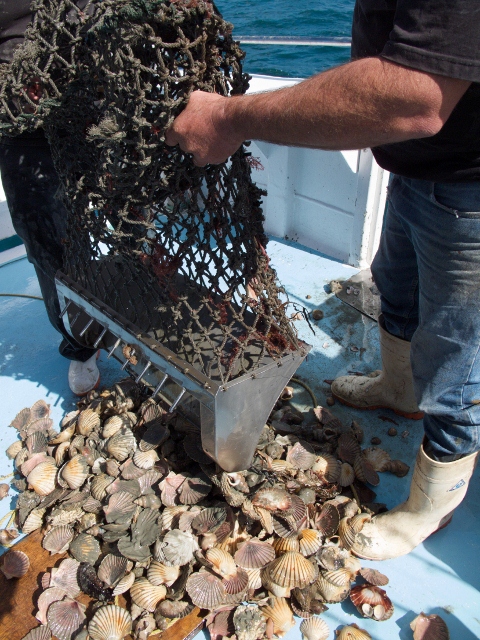
In short, tradable ocean rights would allow market transactions to facilitate who occupies marine space and thus encourage negotiation. Occupational rights could significantly reduce economic waste and conflict inherent in the existing coastal allocation process while remunerating the public for commercial use of the resource.
NAVIGATING TROUBLED WATERS
Creating such a regime will require navigating a sea of questions: How will the rights be initially allocated? Who should participate in the market? What conditions, if any, should be imposed on the rights-holder? While any one answer will impact how the other questions get answered, the most important aspect is that these new rights need to be internally and externally consistent and supported.
Tradable Occupation Rights should allow at least commercial developers, commercial fishers, MÄori, and conservationists the ability to trade their occupation of a certain site with any other interested, registered party. The current law allows a version of this, but it limits the transfers allowed between coastal permit holders, and transfers can only occur if the transferee’s use matches the transferor’s. A new ocean renewable power development, for example, could fit within the footprint of a permitted offshore oil site, but because the impacts of these two developments differ, Regional Councils would be extremely unlikely to allow the transfer.
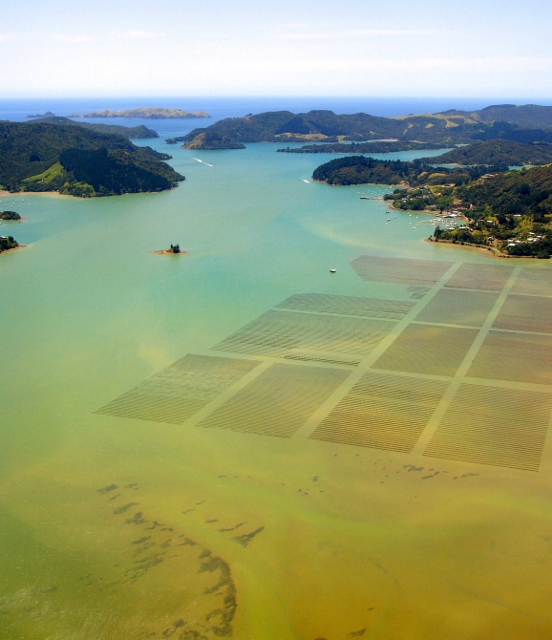
Creating TORs will require innovation, patience, and experimentation. The payoff will provide commercial and customary ocean users a path to resolve their spatial conflicts, build trust, and establish a new market. What could be more powerful than that?
